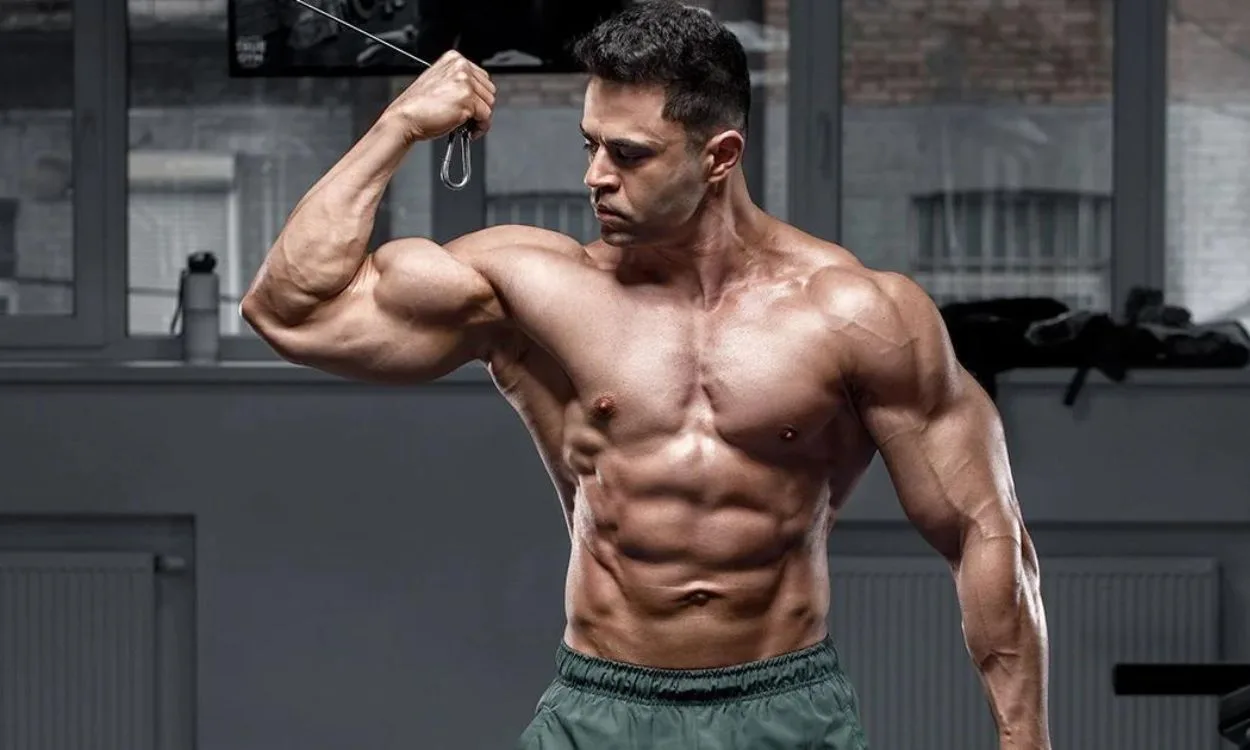Can you get a six-pack without losing muscle mass?
Introduction
Having a six-pack is a goal that many fitness enthusiasts strive for. It represents a toned and defined abdominal area, which is often associated with good health and an aesthetically pleasing physique. However, a common concern among individuals looking to achieve a six-pack is whether it’s possible to do so without losing muscle mass. In this article, we will delve into this topic and explore the factors that contribute to both muscle gain and fat loss.
Understanding muscle gain and fat loss
To understand whether it’s possible to get a six-pack without losing muscle mass, we need to explore the concepts of muscle gain and fat loss. These two processes are interconnected but can be influenced by various factors such as diet, exercise, and genetics.
Muscle gain
Muscle gain, also known as muscle hypertrophy, occurs when the body builds and increases the size of muscle fibers. This process is facilitated through resistance training exercises that involve challenging the muscles, leading to small micro-tears in the muscle fibers. During rest and recovery, the body repairs and rebuilds these muscle fibers, resulting in muscle growth. To promote muscle gain, it is essential to consume adequate protein and provide the body with the necessary nutrients for muscle repair and growth.
Fat loss
Fat loss, on the other hand, occurs when the body burns excess fat stores for energy. This process is influenced by creating a calorie deficit, which means consuming fewer calories than the body needs to maintain its current weight. When the body is in a calorie deficit, it taps into fat stores to make up for the energy deficit. This results in reduced body fat percentage and a leaner physique.
Balancing muscle gain and fat loss
To achieve a six-pack without losing muscle mass, it is crucial to strike a balance between muscle gain and fat loss. Here are some strategies that can help you achieve this:
1. Calorie deficit: To lose body fat, you need to create a calorie deficit by consuming fewer calories than your body needs. However, it’s important to ensure that the calorie deficit is not too drastic, as this can lead to muscle loss. Aim for a moderate calorie deficit of around 500-750 calories per day to promote fat loss while preserving muscle mass.
2. High protein intake: Consuming an adequate amount of protein is essential for muscle growth and repair. Aim to include lean sources of protein such as eggs, chicken, fish, tofu, and legumes in your diet. The Indian Recommended Dietary Allowance (RDA) for protein is 0.8 grams per kilogram of body weight. However, individuals looking to build muscle may need to consume higher amounts, ranging from 1.2 to 2.2 grams per kilogram of body weight.
3. Resistance training: Engaging in regular resistance training exercises is crucial for building and maintaining muscle mass. Focus on compound exercises such as squats, deadlifts, bench presses, and overhead presses that target multiple muscle groups simultaneously. Aim to perform strength training exercises at least two to three times per week, allowing for adequate rest and recovery between sessions.
4. Progressive overload: To stimulate muscle growth, it’s important to progressively challenge your muscles. This can be achieved by gradually increasing the intensity, volume, or resistance of your workouts over time. By continuously challenging your muscles, you encourage them to adapt and grow, contributing to muscle gain while losing body fat.
Fitpaa: An all-in-one solution for your fitness goals
While achieving a six-pack without losing muscle mass is a feasible goal, it can be challenging to navigate the process on your own. This is where Fitpaa, an AI-driven metabolism monitoring and management technology, can assist you in reaching your health and fitness goals. Fitpaa offers personalized fitness plans, expert guidance, and real-time monitoring to optimize your metabolism and help you achieve guaranteed results.
With Fitpaa, you gain access to a team of fitness coaches, nutritionists, and doctors who work together to prepare your personalized Fitpaa Capsule. This comprehensive plan incorporates medical therapy, medical exercise therapy, medical nutrition therapy, and cognitive behavior therapy to optimize your metabolism and support your muscle gain and fat loss goals. Fitpaa’s real-time guidance technology keeps you motivated, inspired, and on track throughout your fitness journey.
The Fitpaa app, available for download, provides a user-friendly interface and features such as a virtual workout trainer, diet tracker, performance tracking, and progress tracking. Fitpaa’s team of experts regularly reviews your progress, making necessary adjustments to ensure you’re on the right path to achieving your fitness goals.
Conclusion
In conclusion, it is possible to achieve a six-pack without losing muscle mass by maintaining a balance between muscle gain and fat loss. By following strategies such as creating a moderate calorie deficit, consuming adequate protein, engaging in resistance training, and progressively challenging your muscles, you can work towards achieving your goal. Additionally, Fitpaa’s personalized fitness plans and expert guidance can provide the necessary support and motivation to help you reach your fitness goals. Download the Fitpaa app today and embark on your journey to a healthier and fitter you.









